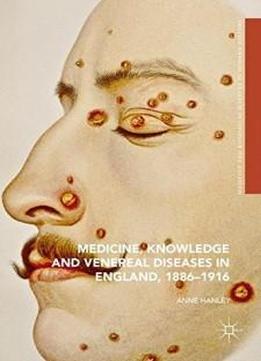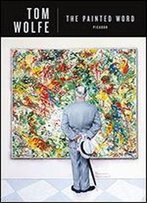
Medicine, Knowledge And Venereal Diseases In England, 1886-1916 (medicine And Biomedical Sciences In Modern History)
by Anne R. Hanley /
2016 / English / PDF
3.5 MB Download
This book reveals the ever-present challenges of patient care at
the forefront of medical knowledge. Syphilis and gonorrhoea
played upon the public imagination in Victorian and Edwardian
England, inspiring fascination and fear. Seemingly inextricable
from the other great 'social evil', prostitution, these diseases
represented contamination, both physical and moral. They
infiltrated respectable homes and brought terrible suffering and
stigma to those afflicted.
This book reveals the ever-present challenges of patient care at
the forefront of medical knowledge. Syphilis and gonorrhoea
played upon the public imagination in Victorian and Edwardian
England, inspiring fascination and fear. Seemingly inextricable
from the other great 'social evil', prostitution, these diseases
represented contamination, both physical and moral. They
infiltrated respectable homes and brought terrible suffering and
stigma to those afflicted.Medicine, Knowledge and Venereal
Diseases
Medicine, Knowledge and Venereal
Diseases takes us back to an age before penicillin and the
NHS, when developments in pathology, symptomology and aetiology
were transforming clinical practice. This is the first book to
examine systematically how doctors, nurses and midwives grappled
with new ideas and laboratory-based technologies in their fight
against venereal diseases in voluntary hospitals, general
practice and Poor Law institutions. It opens up new perspectives
on what made competent and safe medical professionals; how these
standards changed over time; and how changing attitudes and
expectations affected the medical authority and autonomy of
different professional groups.
takes us back to an age before penicillin and the
NHS, when developments in pathology, symptomology and aetiology
were transforming clinical practice. This is the first book to
examine systematically how doctors, nurses and midwives grappled
with new ideas and laboratory-based technologies in their fight
against venereal diseases in voluntary hospitals, general
practice and Poor Law institutions. It opens up new perspectives
on what made competent and safe medical professionals; how these
standards changed over time; and how changing attitudes and
expectations affected the medical authority and autonomy of
different professional groups.











